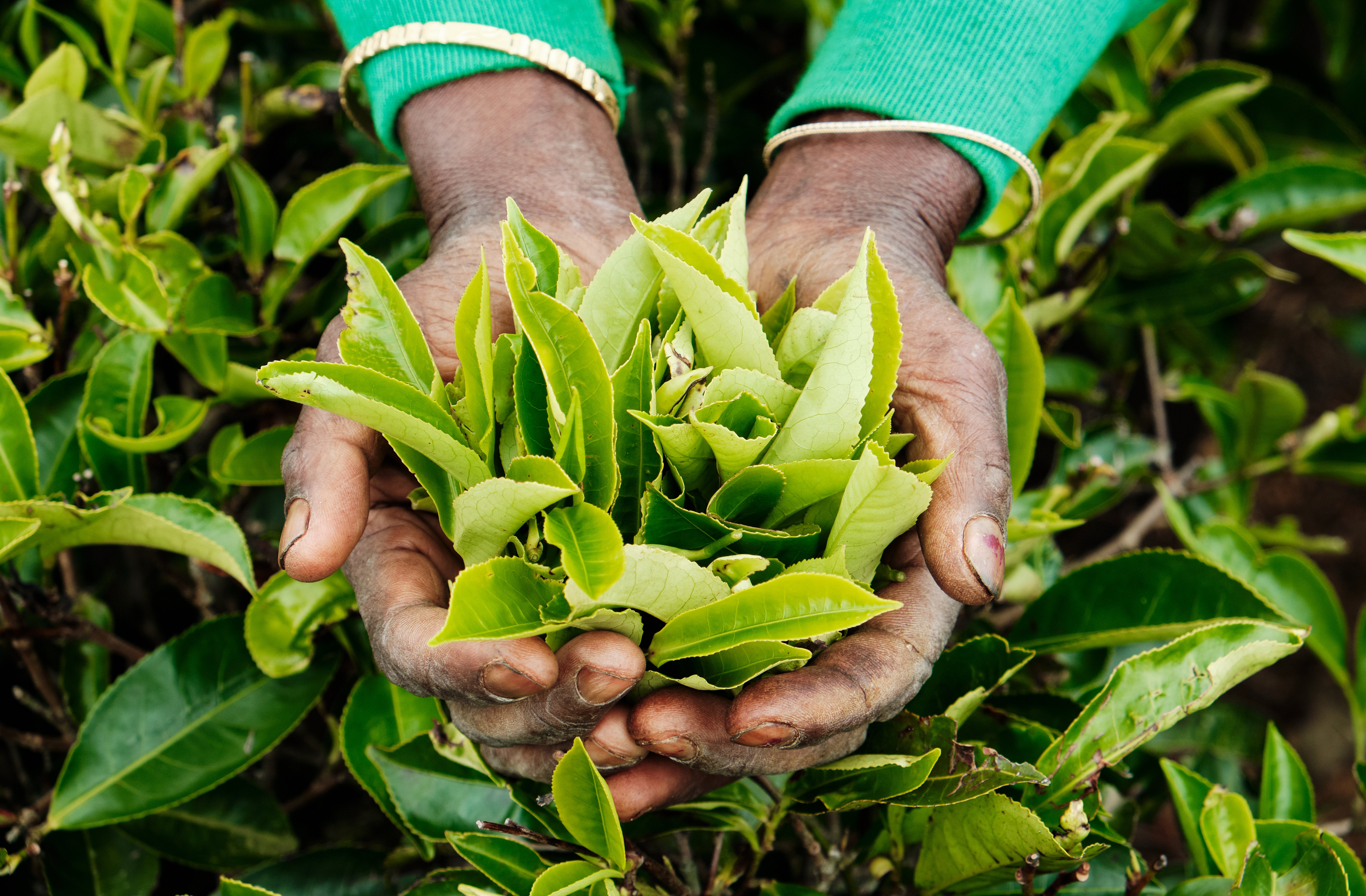
Camellia sinensis, the tea plant
Although we use the word tea in such expressions as “chamomile tea” or “cinnamon tea” to refer to herbal tea drinks or fruit teas, tea (black tea or green tea for example) is exclusively produced from the leaves and buds of one plant: the Camellia Sinensis, of the genus Camellia.
Let’s know more about the tea plant, a wonderful species of plant that makes up the second most consumed drink in the world after water … and without a doubt, one of the most appreciated!
What is Camellia Sinensis? Where does it grow?
The tea plant is native to the South of China, Southeast Asia and the Indian Subcontinent, hence the name Sinensis, a latin word that means “originating in, or belonging to China”.
There are several native sub-types of the plant Camellia Sinensis: Camellia Sinensis Sinensis, native to China, Camellia Sinensis Assamica, native to India (where the famous Assam teas come from) and Camellia Sinensis Cambodian.
Camellia Sinensis Sinensis and Camellia Sinensis Assamica are the most extended and consumed varieties, whereas Camellia Sinensis Cambodian is most commonly used for the creation of new cultivars (cultivated varieties) through hybridization.
Camellia Sinensis Assamica is also the variety that grows wild among the mountain forests of Northern Thailand and Sri Lanka (Adam’s Peak), from which are made our Forest Friendly Teas.
Read here to learn more about our Forest Friendly Tea Project, a program of sustainably-harvested tea that also prevents deforestation, preserves biodiversity and supports local communities.
Tea plants like warm, humid tropical and subtropical climates, but have adapted to harsher conditions: they can grow at temperatures ranging from 10 to 30 degrees Celsius … and they are not afraid of heights!
Tea plants can be found in areas from 300 to 2000 m above sea level.
The higher the tea plantation, the more prestige the tea has, which explains why Ceylon teas and Darjeeling teas are so exclusive and sought-after.
Nowadays, the Camellia Sinensis successfully grows in many parts of the world where the necessary conditions for its growth are provided (warmth, humidity and rainfall, and elevation).
Along with the traditional tea-growing countries (China, India and Sri Lanka), tea is grown in Indonesia, Vietnam, Thailand, and in countries we may not immediately associate with tea growing: Turkey, Kenya or Argentina.
Camellia Sinensis, a single plant species that yields all types of teas
Although all tea comes from the same plant, the Camellia Sinensis provides us with a marvelous array of tea types, as tea can be found in a variety of flavours, aromas, textures and colours.
Black Tea, Green Tea, White Tea, Pu Erh Tea (also called Red Tea in some countries), Oolong Tea (also called Blue Tea in some countries) and Matcha Tea are all made from leaves harvested from the same species!
Tea allows for a variety of production methods and degrees of oxidation, to create an infinity of drinks, each with their own individual character.
Plain, scented or flavoured teas, single origin teas or tea blends, delicate or intense, with a vegetal, grassy, floral or fruity aroma, with spicy, toasted, nutty or woody tasting notes … there is one tea to satisfy every single tea lover!
Camellia sinensis for your health and wellbeing
Very high in vitamins, minerals and antioxidants, tea has many health benefits.
Tea is packed with catechins, the flavonoids (antioxidants) specific to tea, which fight against the action of free radicals and reduce cell damage in the body, including in our largest organ, the skin.
Tea also protects the cardiovascular system and prevents related diseases, and helps lower cholesterol level in blood.
It has a fat-burning action, as it has diuretic and cleansing properties which help eliminate toxins and fatty substances.
It stimulates the brain function and helps improve focus, concentration and memory, among many other health benefits.







1 comment
Donde puedo comprar la camelia sinensis en chile???? Para empezar a tomar este maravilloso te. Muchas gracias
Daniela López
Leave a comment
This site is protected by hCaptcha and the hCaptcha Privacy Policy and Terms of Service apply.